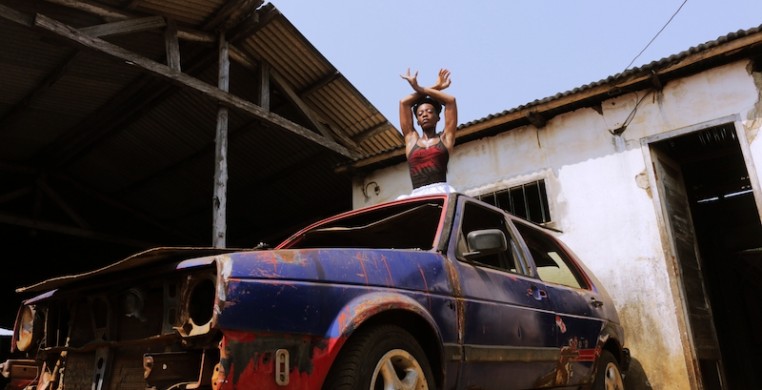“She Poems,” a project by Aïda Colmenero Dïaz, takes the poems and texts of African women to inspire and create dance short films. A handful were shown virtually as the final platform of the 23rd JOMBA! Contemporary Dance Festival. The films are based widely geographically, in Tanzania, South Africa, Senegal and Togo, among several other African countries. According to Dïaz on her website, “’She Poems’ questions the stereotypes that the western collective imaginary imposes on Black African female bodies, transgressing hegemonic audiovisual and stage narratives, to offer a unique artistic manifestation.”
Using text to inspire dance is not a novel idea, but there is so much left to be created in this genre. As both a poet and dancer, I am in love with this form. These “She Poems” help continue the genre, both in time spent creating and richness of the stories.
The dance film that stood out to me most was “Cicatriz de Luz,” or “Light Scar.” First, I was intrigued by the title. Is this meant to mean a light, faint scar or a scar made of bright light? Performed by Rosey Timas Tavares, Suzana Tavares, Suaila Lima and Julia Dias and located in Praia, Cape Verde, the film featured beautiful pastels: The dancers’ dresses, hairpieces and the buildings behind them coordinated for a lovely color scheme. And the style of dancing seemed to match these colors, in a way. The four women moved gently, standing together and swaying their arms for the start of the film. It wasn’t until the music changed to more violent beats, with drumming, that the dancing itself became more sudden. Now shown punching and fake fighting the air, the dancers mirrored this shift. This was filtered in with joyous, almost uncomfortable, laughter. “Cicatriz de Luz” was inspired by conversations, entitled “the gender violence texts,” which I could see reflected in both the aggressive movements, as well as the power stances done by the women in response.
Overall, each of the dance films could stand independently. They each told a unique story through movement and sound. Yet, the films also all stood together, as a collection of female artists and their work. These films combined the talents of African female dancers, writers, filmmakers and musicians, demonstrating how beneficial it can be to work with other artists and build off each other’s creativity.
I was left wanting to read the original poems and conversations that inspired all these dances, but I couldn’t easily find them published online. For now, my interpretations and questions will have to remain as is, and the dancing to the music will have to speak for itself.
--
The JOMBA! Contemporary Dance Experience took place from Aug. 24-Sept. 5. Performances will be accessible on the JOMBA! website until the end of September. For more information and to access the performances, visit jomba.ukzn.ac.za.

2021 Critical Dance Writing Fellow Morgan Rondinelli is an MFA student at Western Connecticut State University, with focuses on creative nonfiction and science writing. Much of her previous writing has centered around mental health on her blog, My OCD Voice (myocdvoice.com), and as a super contributor for the health and disability publication, The Mighty. She is also the co-founder of the mental health nonprofit, Not Alone Notes (notalonenotes.org), which mails encouraging, handwritten notes around the world. In her free time, Morgan performs in shows and choreographs for Community Players Theatre in Bloomington-Normal. As a lifelong dancer, she looks forward to writing more about dance and the arts.

